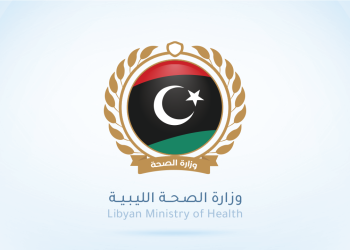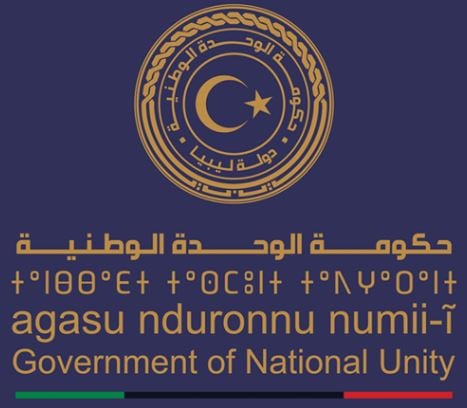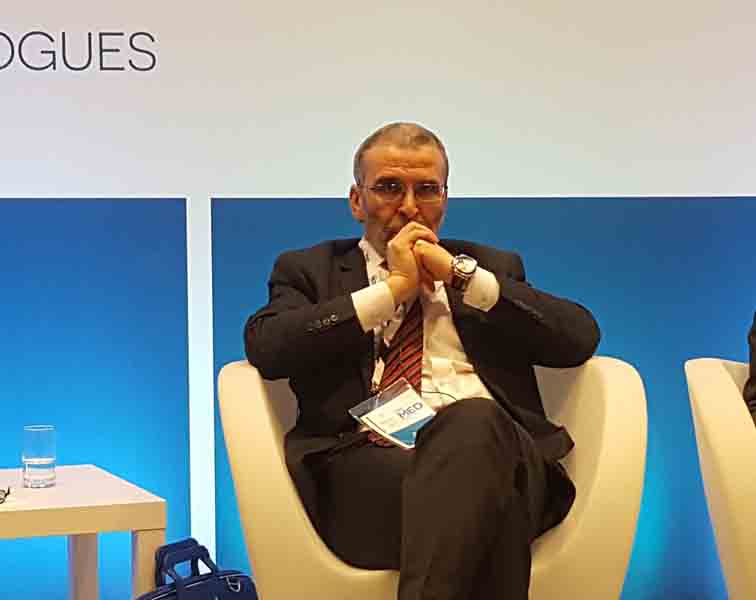By Ahmed Ruhayem

Benghazi, 25 January 2013:
The Benghazi Chamber of Commerce this week sponsored an international conference entitled Benghazi Economic Capital – . . .[restrict]Reality and Ambition aimed at assessing and contributing to Benghazi’s vision of being an economic capital.
Salah Alamroni head of the organising committee explained: “The conference has provided a platform for local technocrats, business leaders and community activists to make presentations, discuss, organise and submit action plans and recommendations for government consideration. An appointed committee will follow up the progress with Benghazi’s elected GNC members and the Prime Minister’s deputy for eastern Libya.”
Over the three days to Wednesday 23 January, half of the technical and discussion papers focused on the progress of and obstacles to infrastructure projects such as the ports, waste water management systems and industrial zones. The other half dealt with SME finance and management, education and the role of media in promoting the city.
Clearly the sea port is the most significant infrastructure project for Benghazi and its link to world trade. Forty years of neglect have left the port ages behind its international counterparts. It now only receives small feeders carrying less than 500 containers. The present on-going infrastructure upgrades will allow ships carrying 5,000 containers to unload at Benghazi. The developments should be completed within the next two years. They will include ten gantry cranes and building complexes, to house related business services and regulatory authorities.
Other plans relate to a proper fishing harbour and turning the old port into a passenger terminal and recreational marina. More significantly, there is talk of a specialised port near Ajdabiya to receive mega ships. This is designed to develop a transit industry to increase revenues from world transportation fees, as well as contracting with terminal operators and shipping maintenance services, to increase revenue and employment opportunities. This however is unlikely to materialise without huge financial commitments.
The Libyan Lending Fund (LLF) management welcomed the opportunity to give an overview of its programme and particularly its partnership with the Islamic Development Bank (IDB), which is contributing $50 million. The IDB will also help build the ability of Libyan personnel, in terms of assessing risk and supporting businesses.
Presently, the fund is developing an investment map covering socio-economic data for localities across Libya. This will focus on tourism, fishing, agriculture and the service sector. Because this programme has generated a lot of public interest, Dr Abdusalem Kablan, head of the LLF, was very determined to point out that “no malpractice in the issuing of loans will be tolerated. The IDB has a one hundred percent success rate”. Moreover, he added that records of previous borrowers are available and could be posted on LLF’s official website.
Husni Bey, a major investor, eager to see Libya and Benghazi prosperous, told the conference: “Libya’s revenues from oil fall into consumption not production. We have become accustomed to asking government to give, rather than drawing a vision of a healthy economic environment for the private sector with good governance, initiatives to generate growth and wealth. Many people are merely declaring ‘Benghazi Economic Capital’ and expecting the government to draw the roadmap. Its much simpler and more beneficial for the government to pursue a policy permitting private sector governance, efficiency and effectiveness and concentrating instead on education, education, education, education, education, infrastructure, security and the rule of law.”
The conference was told that education is ultimately a key contributor to economic growth. Libya’s education system not only needed substantial investments in infrastructure but also a rethinking of its service delivery.
Aisha Hassan, a young female engineering management graduate explained: “We need to change our traditional training methods and implement new technologies in our training programs.” Her paper, entitled Reengineering Training, Develop and Qualifications in Human Resources, provided an introduction to how this could be done.
Although international participation was limited, it nevertheless provided an outsider view of what Benghazi is lacking, relative to its regional counterparts. Mohammed Seleam, an Egyptian project management consultant, discussed urban transportation and communications. At the end of his presentation Seleam left his audience with a bit of prudent business sense. He recalled: “A businessman was given a million dollars to produce a product XYZ. He spent $100,000 producing it and then spent $900,000 advertising it.”
Saleam suggested that Benghazi could also use some of its oil revenues to become a financial centre for countries like Egypt and Sudan, which he said would be sensible, given Egypt’s large labour force and Sudan’s arable land.”
Benghazi University was also present with a feasibility study looking at the benefits of using treated wastewater to irrigate parks and green sites across the city. A secondary network of pipelines would be needed to ado this. The study revealed low financial costs and potentially large annual saving in fresh water consumption, along with pressure improvements within the primary water network.
Significantly, the very next day, the representative of the only sewage treatment plant discussed frankly the disastrous situation of Benghazi. At present, the treatment plant is not working and raw sewage is discharged directly into the Mediterranean. However there is hope, he said. The treatment plant maintenance and upgrades are not expensive and smaller, cost-effective sewage treatment units are available in the marketplace that can be installed at hospitals, hotels and public buildings. A second sewage treatment plant in eastern Benghazi is also under consideration.
In many of the discussions, the major obstacle of land ownership disputes continued to surface. Prior to the revolution, the regime simply nationalised or acquired private property, in most cases without compensation. After the revolution, people began claiming back their property. This has now translated in numerous legal disputes between various authorities and the rightful landowners. This is particularly impacting on projects from the Housing and Infrastructure Board (HIB) and the Industrial Zones Authority.
All the technical and discussion papers demonstrated a very high level of professionalism, followed by open and transparent discussion with attendees. A significant number of young male and female professionals took part in the conference, demonstrating that the old regime was not able to destroy the pursuit of learning. Most participants in the conference said they had found the event informative and valuable. [/restrict]









